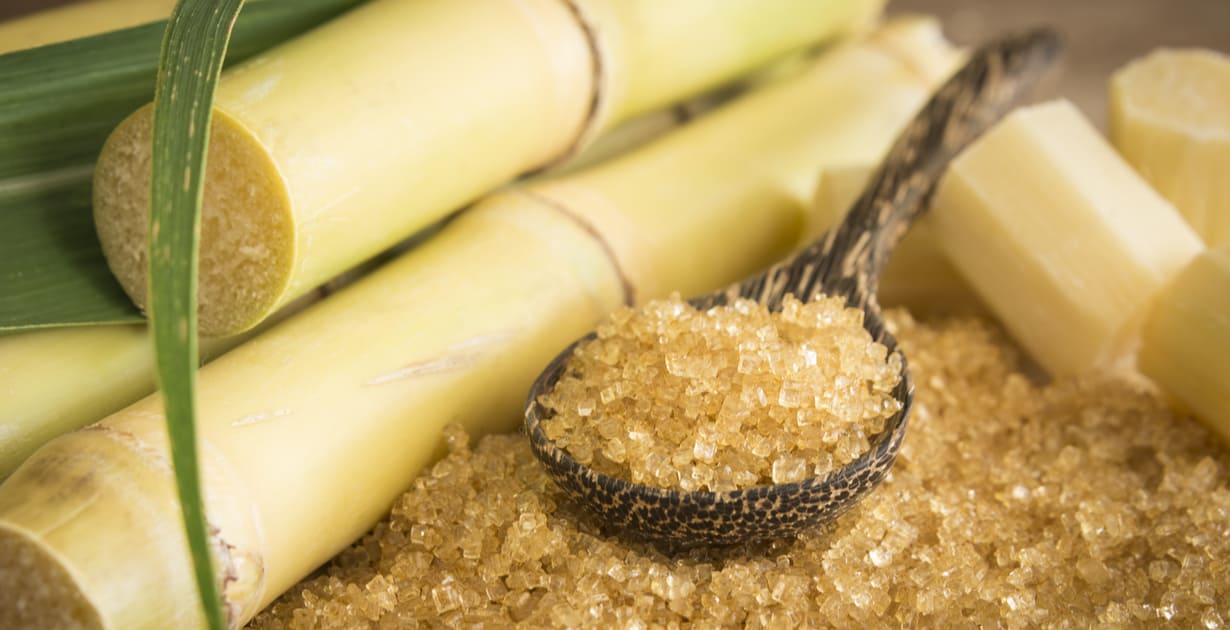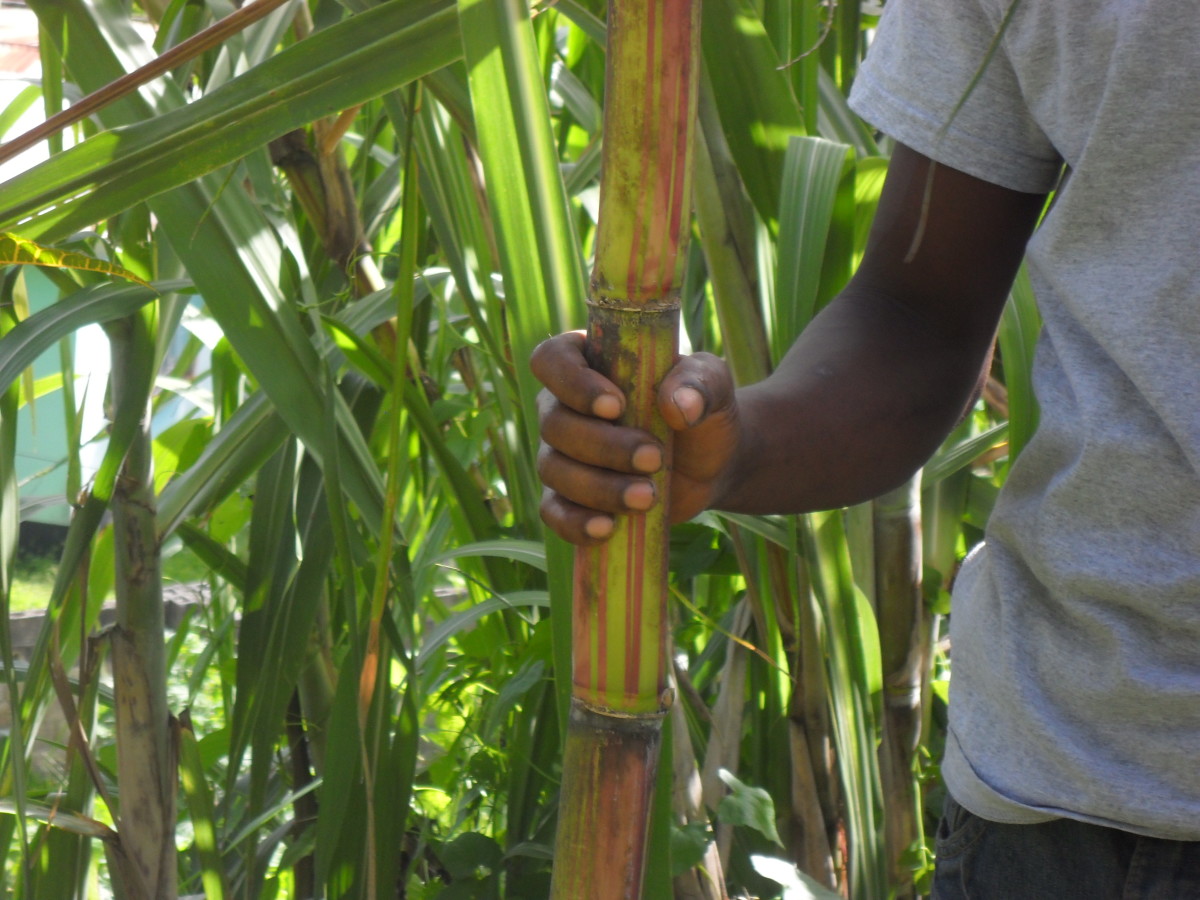What Are Sugar Canes Used For in Traditional Remedies and Folk Medicine
Unveiling the Value of Sugar Canes: What Are Sugar Canes Used For in the Walking Cane Sugar Industry?
Sugar walking sticks work as the cornerstone of the cane sugar industry, largely providing the raw product required for sugar manufacturing. Their capacity to convert sunshine right into sucrose through photosynthesis is critical. Beyond their sweetening residential or commercial properties, sugar walking sticks find utility in various culinary applications and arising fields. The full degree of their influence extends past the kitchen. This discussion will explore the complex duties of sugar walking canes in both industry and economy.
The Role of Sugar Canes in Sugar Production
Sugar walking canes function as the fundamental basic material in the cane sugar sector, playing a crucial function in the manufacturing process. These high, seasonal yards flourish in tropical and subtropical climates, where they soak up sunlight and nutrients to create sucrose. The harvesting of sugar canes usually happens when the plants reach maturity, maximizing their sugar content.Once collected, the walking canes undertake squashing to remove the juice, which consists of dissolved sugars. This juice is after that clarified and focused with evaporation, changing it right into a syrup. Consequently, formation happens, permitting the separation of sugar crystals from the remaining syrup.The drawn out sugar undertakes additional refining to attain the preferred purity and top quality - What Are Sugar Canes Used For. The entire procedure highlights the necessary contribution of sugar walking sticks to sugar manufacturing, emphasizing their value as both a raw material and a stimulant in the production of cane sugar.
Diverse Applications in Food and Drink Sector
In the food and beverage market, sugar walking cane serves multiple crucial features. It acts not just as a key sweetener in numerous items however additionally as a flavor representative that boosts taste profiles. In addition, its parts play a considerable role in fermentation and purification procedures, adding to the production of liquors.
Sugar in Products

The adaptability of cane sugar as a sugar makes it a staple in a broad variety of food and beverage items. Commonly used in baked items, it boosts the preference and texture of cakes, cookies, and breads by providing wetness and promoting browning throughout cooking. In drinks, cane sugar is a prominent choice for sweetening juices, teas, and sodas, permitting a balanced taste account. Additionally, it works as a crucial ingredient in sauces, dressings, and marinates, contributing to an unified mix of tastes. Walking stick sugar's capacity to dissolve rapidly and its regular sweetness account even more strengthen its role as a recommended sugar - What Are Sugar Canes Used For. Generally, its diverse applications emphasize the integral role of walking stick sugar in the cooking landscape
Seasoning Agent Usage
Making use of walking stick sugar as a flavor agent expands beyond its duty as a plain sweetener, improving a selection of cooking developments. In the food and beverage sector, it improves taste profiles by balancing acidity and resentment, making it a crucial component in dressings, sauces, and sauces. Additionally, cane sugar adds to the general mouthfeel, offering a positive appearance in baked products and confections. Its caramelization during cooking adds depth to both full-flavored and wonderful dishes, while also working as a chemical in jellies and jams. In beverages, cane sugar is used to amplify flavors in mixed drinks and soft drinks, guaranteeing a much more enjoyable alcohol consumption experience. This convenience underscores its significance in diverse cooking applications.
Fermentation and Distillation
Walking stick sugar plays a considerable duty in fermentation and distillation procedures, which are vital in producing a range of liquors and food. During fermentation, yeast converts sugars right into alcohol and carbon dioxide, an essential action in crafting beverages like rum and vodka. Distillation further purifies these alcoholic mixtures, focusing tastes and increasing alcohol material. Past beverages, cane sugar is also essential in creating vinegar and particular artificial additive via fermentation. The flexibility of walking stick sugar boosts the flavor accounts and top quality of these products, making it vital in the food and drink sector. Its contribution not just sustains conventional techniques however also fosters advancement in crafting brand-new tastes and experiences for customers.
Sugar Canes in Biofuel Production
As interest in renewable power sources expands, sugar walking canes are increasingly recognized for their capacity in biofuel production. The biomass derived from sugar walking canes can be transformed into ethanol, a sustainable fuel choice that decreases greenhouse gas emissions contrasted to nonrenewable fuel sources. This process commonly includes fermenting the sugar removed from the walking cane, which is then distilled to produce high-purity ethanol ideal for use in vehicles.Additionally, sugar walking stick bagasse, the coarse deposit left after juice extraction, can be utilized as a feedstock for bioenergy. It can be burned to produce vapor and electrical power, contributing to power self-sufficiency in sugar mills. Countries such as Brazil have actually effectively incorporated sugar walking cane biofuel into their power plans, resulting in lowered dependence on imported fuels - What Are Sugar Canes Used For. In general, sugar canes represent a promising avenue for biofuel production, lining up agricultural exercise with ecological sustainability goals
Industrial Uses of Sugar Canes
While often acknowledged mainly for sugar manufacturing, sugar walking canes also have diverse industrial applications that expand well beyond the food field. The coarse results of sugar cane, called bagasse, function as an important resource in numerous industries. Bagasse is frequently made use of as a biofuel, producing power in sugar mills and various other centers. Furthermore, it can be processed right into paper, cardboard, and naturally degradable materials, promoting sustainable practices.In enhancement, sugar walking sticks add to the manufacturing of molasses, a byproduct utilized in the fermentation process for generating alcohol and yeast. This flexibility makes sugar walking canes important to the drink and pharmaceutical sectors. Additionally, sugar walking stick extracts are used in the cosmetics sector, offering natural active ingredients for skin care and charm products. Overall, the industrial uses of sugar walking sticks highlight their significance past sugar, showcasing their duty in advertising sustainability and sustaining various fields.
Economic Effect of Sugar Walking Stick Growing
The economic impact of sugar cane growing is considerable, mostly with job production and export earnings generation. This market not only provides employment opportunities in country locations however also adds considerably to nationwide economies by means of exports. Understanding these elements highlights the critical published here function sugar walking cane plays in both regional and worldwide markets.
Job Creation Opportunities
Although typically forgotten, the sugar cane market plays a necessary role in job creation, greatly influencing regional economic climates. The farming, harvesting, and processing of sugar cane create various employment possibilities, from area employees to factory staff. In many areas, these jobs offer source of incomes for hundreds of families, adding to community security and development. Furthermore, secondary sectors such as transportation, tools manufacturing, and retail take advantage of the sugar walking cane industry, more broadening work alternatives. Seasonal job during planting and harvest times my review here also supports temporary placements, permitting workers to make revenue in or else lean durations. Overall, the sugar walking stick sector acts as a vital economic engine, promoting work creation and improving the lifestyle for several individuals and areas.
Export Earnings Generation

Lasting Practices in Sugar Cane Farming
While standard sugar walking stick farming techniques have actually commonly caused environmental destruction, a growing variety of farmers are taking on lasting methods that prioritize eco-friendly balance. These techniques include crop turning, which boosts soil fertility and lowers parasite break outs, and making use of natural plant foods to lessen chemical drainage. Additionally, some farmers are executing integrated insect monitoring methods, which concentrate on utilizing all-natural predators and biopesticides rather than hazardous chemicals.Water preservation pop over to this site methods, such as drip irrigation, are likewise obtaining traction, permitting reliable water use while maintaining plant health. Lots of farmers are spending in renewable power sources, such as biomass from sugar cane waste, to power operations and minimize their carbon footprint. These lasting practices not just protect communities but likewise enhance the long-lasting feasibility of sugar cane farming, ensuring that it can continue to meet global sugar demands while lessening environmental influence.
Frequently Asked Questions
How Are Sugar Canes Harvested and Processed?
Sugar walking sticks are collected using hand-operated approaches or mechanical cutters, then transferred to manufacturing facilities. There, they go through cleaning, squashing, and extraction procedures to acquire juice, which is after that clarified, vaporized, and taken shape into sugar.
What Is the Nutritional Worth of Sugar Cane?
The nutritional value of sugar walking cane includes carbohydrates, mainly in the form of sucrose, together with trace quantities of minerals and vitamins like calcium and potassium. Nevertheless, it is reduced in healthy protein and fat material on the whole.
Can Sugar Walking Cane Be Expanded in Non-Tropical Regions?
Sugar cane can be grown in non-tropical areas, yet it requires particular conditions such as ample warmth, dampness, and suitable dirt. Adjustment and farming methods are necessary for effective development outside standard tropical environments.

What Insects and Diseases Influence Sugar Cane Crops?
Diseases and insects substantially affect sugar walking cane plants. Usual hazards include the sugarcane borer, red rot, and mosaic virus, which can minimize yield and quality, demanding reliable administration techniques to shield these important agricultural sources.
How Does Sugar Cane Farming Impact Resident Communities?
Sugar walking stick farming significantly influences local neighborhoods by supplying employment possibility, promoting financial development, and sustaining local services. Nonetheless, it can also bring about environmental problems and social difficulties, affecting community health and wellness and sustainability. Sugar canes offer as the keystone of the walking stick sugar sector, mostly providing the raw material required for sugar manufacturing. Sugar walking canes offer as the foundational raw product in the walking cane sugar market, playing an important duty in the manufacturing process. The harvesting of sugar walking canes usually occurs when the plants reach maturity, maximizing their sugar content.Once collected, the walking canes undergo squashing to extract the juice, which consists of dissolved sugars. While typically identified primarily for sugar manufacturing, sugar canes likewise have diverse commercial applications that prolong well beyond the food field. As worldwide need for sugar proceeds to increase, nations rich in sugar walking stick resources utilize on this possibility, exporting raw sugar and improved products to international markets.